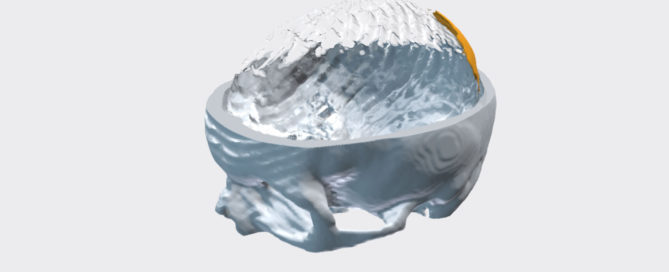Adding a new dimension to personal injury cases
Over the last 32 years, Rubenstein Law has grown from a Miami-based plaintiffs’ personal injury firm, to over 45 attorneys in 8 cities across Florida. Today, the firm represents Clients throughout the state in all manner of personal injury claims including product liability, catastrophic injuries, premise liability, medical negligence and dangerous drugs cases, in addition to auto accidents and slip and fall injury cases.
In this case, their Client suffered a severe brain injury caused by negligence and faulty equipment while being transported for treatment to a dialysis center. Upon arrival at the dialysis center, the driver began the process of unloading the patient from the vehicle via a connected wheelchair unloading device/ramp. A stoppage device on the back of the wheelchair ramp would prevent an individual from rolling backwards. However, the stoppage device had been malfunctioning in previous days, and ultimately malfunctioned while their Client was being unloaded. This resulted in the Client rolling off the back end of the ramp and landing on the back of his head. The patient was found unconscious, with 3 fractured ribs, a fracture in his thoracic vertebrae, and permanent damage to his brain.
“I think there’s a big difference between reading about a brain hemorrhage on a piece of paper versus being able to see and touch the exact hemorrhage. The visual, tactile 3D model for trial purposes is so much more powerful than using 2D images, and in this case clearly shows the extent of the damage done to my Client’s brain.”
The Client’s attorney, Aaron Feuer, wanted a visual representation of the specific trauma sustained to his Client’s brain, which is where Axial3D came in.
Aaron is well used to the varying degree of negligence cases that come his way, but with the current closure of many courts across the country due to COVID-19, adapting presentations to online hearings and Mediation sessions has become increasingly important. As such, 3D segmentations or on-screen 3D adaptations have become a powerful substitute for a physical 3D printed model. While they don’t have the tactile properties of a physical model, a 3D rendering can be interactive on-screen, and used to highlight key areas of anatomy and injury to a judge and jurors.
“I look forward to in-person mediations and trials resuming so I can bring the 3D models into trial so the jury can actually see and touch them. When attorneys use animations and 3D models they are giving the jurors the best possible visualizations of the Client’s injury and helping them to understand the trauma inflicted upon them.”
Not only do the 3D models and visualizations support better understanding of the impact of the trauma, but allow for medical witnesses and attorneys to explain key anatomical regions and traumas without having to resort to grainy, 2D scans or complicated drawings.
“The 3D models give such an excellent visual representation of the actual trauma impacted to the person and they paint a picture of the overall impact to the Client. When I am explaining to a jury, for example, about a three-centimeter hemorrhage in the back of a Client’s head, I’m not sure many would have a visual representation in their mind of what that looks like. So, these models enable us to show them these complicated medical injuries with powerful and strong imagery.”
Critically, with these cases, timing is everything. Rubenstein Law relies on fast turnaround for their visualization tools. “I can’t wait ten days for a response,” Aaron says, “Working with Axial3D means I get a response quickly, and a model created from my Client’s medical images in a matter of days, not weeks, giving me more time to prepare my case.”



